
- •Table of Contents
- •Introduction
- •The 5 Dramatic Throughlines
- •The 6 Conflicts
- •The 21 Genres
- •The Replay
- •Fate
- •The Parallel
- •The Episodic
- •The Journey
- •Interactive
- •Metafiction
- •The Slice of Life
- •Introducing the 55 Dramatic Situations
- •Situations 1 & 2
- •Situations 3 & 4
- •Situations 5 & 6
- •Situations 7 & 8
- •Situations 15 & 16
- •Situations 17 & 18
- •Situations 43 & 44
- •Situations 45 & 46
- •Situations 47 & 48
- •Situations 49 & 50
- •Situations 51 & 52
- •Research
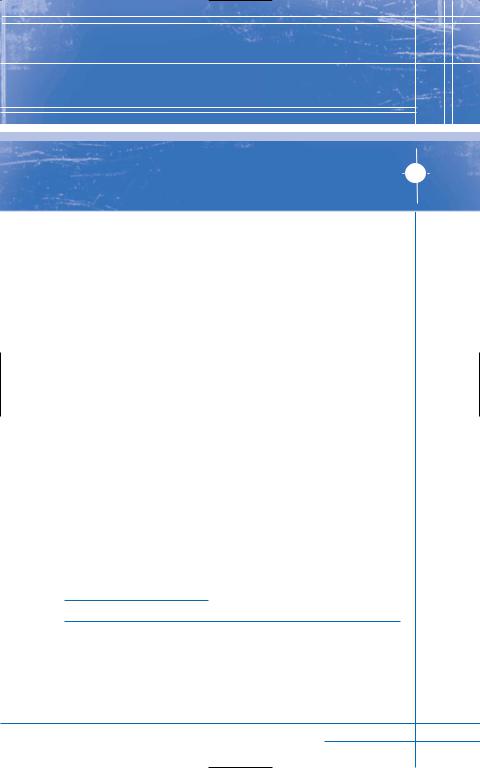
The 6 Conflicts
“Conflict is the source of all growth and is an ab-
solute necessity if one is to be alive.”
–JEAN MILLER
Now that you know your Dramatic Throughline and whether or not you want your hero to succeed or fail, you are ready to select the types of Conflict you would like to use to make
your story more dramatic and engaging.
Most writers have a lot of trouble keeping the second act of their story moving. Conflict can really help you with this as it is usually the hero’s need to overcome the Conflict and the ways in which he goes about it that drive the story forward. And that is what the second act is all about!
On TakingITGlobal.org, Quacy Grant states:
Conflict is an evitable and pervasive aspect of human life … It is sometimes physically violent, that is, expressed with fists, guns, or bombs. However, much of it exists within the mind and is expressed in words. It can erupt suddenly or it can smolder for years or even for generations.
There are positive and negative effects of conflict. Although conflict is popularly associated with fighting and is generally viewed as destructive, unpleasant, and undesirable, conflict can also be something very good. It can promote new ideas, encourage better understanding, strengthen personal relationships, stimulate growth, and facilitate more effective solutions to problems.
The following are the six types of Conflict that can be used in stories.
Relational Conflict
This is a human vs. human Conflict. Two characters, usually the protagonist and antagonist, are competing or clashing with each other over mutually exclusive goals. Only one of them can achieve his goal because each goal requires the other to lose his goal. Some examples include:
The 6 Conflicts |
15 |
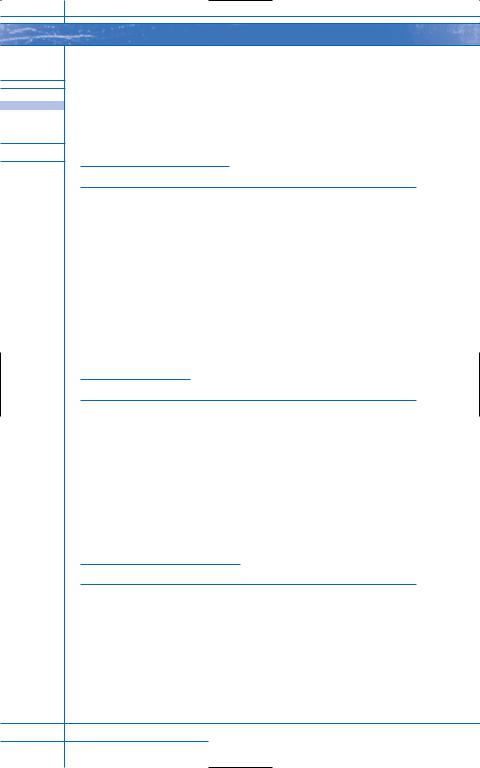
•The hero wants to succeed and the villain’s goal is to see the hero fail.
•The hero wants to buy a property but the villain wants to buy it as well.
•The hero and villain want to marry the same woman.
•The hero wants to change his life and get over his alcoholism and the villain doesn’t want him to change.
Situational Conflict
This is a human vs. nature/environment Conflict. Characters disagree about how to deal with a natural or environmental situation. It is usually life threatening on some level and the hero must find inner strength to overcome it. Some examples include:
•The hero wants to go for help but the others want to wait for help.
•The others want to open the door to try to escape but the hero stops them because the door is hot and there may be a fire.
•A surfer is drowning and the characters are afraid to save him because there are sharks all around him.
•A tornado is coming and the characters argue about what to do. One selfish character may only be worried about his property.
Inner Conflict
This is a human vs. self Conflict. The hero is unsure of herself or her goal. She endures a mental struggle from internal opposing influences. Some examples include:
•She may have a perceived flaw of some sort that holds her back.
•She may have had a religious upbringing that makes her feel guilty about everything she does.
•She may not know what to do. She doesn’t know what her true values and morals are.
•She may not be able to make an important decision until it is too late.
Paranormal Conflict
This is a human vs. technology/possibility Conflict. The hero has to look at the consequences of his actions when he pushes the limits of what is possible. Some examples include:
•Like Dr. Frankenstein, he may be playing with life and death.
•Like Neo in The Matrix, he may be taken over by technology, not knowing where the real world begins and ends.
•Like 2001: A Space Odyssey, the computer may take over everything.
16 Story Structure Architect
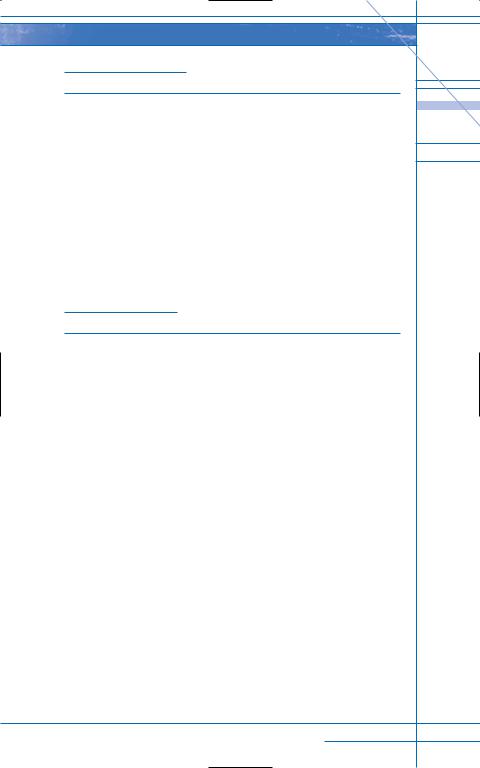
Cosmic Conflict
This is a human vs. fate/destiny/god Conflict. Dr. Linda Seger, noted script analyst and author, says:
Cosmic conflict occurs between a character and a supernatural force. In order to watch the conflict unfold, we need to see the character project his problems with an invisible force onto a human being who just happens to be in the way.
Some examples include:
•The hero is upset with God for allowing her child to die.
•The hero is afraid to face the final battle, knowing it is her destiny to die in it.
•The hero is upset with the cards she has been dealt in life, and she plays the victim for a while.
Social Conflict
This is a human vs. group Conflict. The hero has problems with a group of people. They may be a religious group, an institution, a hospital, or a book club. Not every person in the group needs to be seen; you can have one person represent the whole group if needed. The hero may try to turn group members against each other, or he may learn something about himself through dealing with people who are different from him.
Wilf H. Ratzburg says of group Conflict:
Destructive group conflict diverts energy from the real task, destroys morale, deepens differences, obstructs cooperative action, produces irresponsible behavior, creates suspicion and distrust, and decreases productivity. Constructive group conflict opens up an issue in a confronting manner, develops clarification of an issue, improves problem-solving quality, increases involvement, provides more spontaneity in communication, initiates growth, strengthens a relationship when creatively resolved, helps increase productivity.
Some examples include:
•The hero may need information and resources from a specific group he doesn’t like too much.
•A group may not like the hero or what he stands for and therefore deliberately sets up obstacles in his path.
•The hero may be forced to deal with a group he previously judged in error.
The 6 Conflicts |
17 |
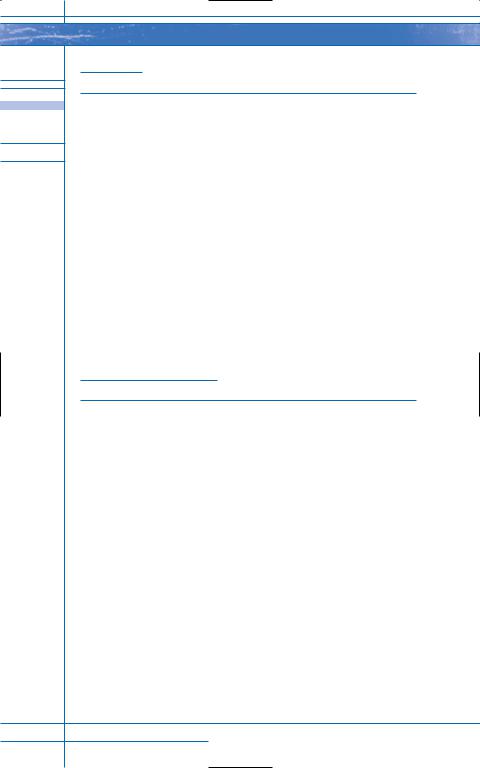
Conflict
Conflict is essentially based on a character’s perceptions rather than on reality and on a character’s feelings rather than on facts. If a character has a calm, centered approach to the Conflict in her life, there will be no Conflict on the page. It is the character’s interpretation of the Conflict-provoking event that creates the Conflict and gives it life.
Even if the potential for Conflict is provoked by a situation, such as being stuck in a sinking ship, it is how the character perceives the event that brings the Conflict to fruition.
If the character were to say, “Oh, look, the ship is sinking, but, I’m sure everything will be fine because it’s not my time to go yet,” and she meant it, there wouldn’t be much Conflict in the story.
Now if she were stuck there all by herself and had an intense fear of water or of being alone, Internal Conflict would play itself out. Or she may be stuck there with a group of people she doesn’t like very much, and Social Conflict would play itself out. Or if sharks came around and scared everyone, then Situational Conflict would play itself out.
Multiple Conflicts
As briefly stated in the How to Use This Book section on page four, many stories and scenes may have several types of Conflict at work all at once. This occurs, not because the writer has interjected more problems for the character, but because the main problem of the story or scene itself elicits several Conflicts at once.
The example given previously was of a young man moving out of his parents’ home. His problem is that he wants to live with his girlfriend. This is the central problem of the scene and causes Relational Conflict between him and his family. Because the writer previously worked in a subplot regarding the young man’s religious beliefs and how living together outside of marriage is considered a sin, Cosmic Conflict has also been created. Once his mother starts crying, telling him how much she needs him to help out around the house, Inner Conflict from guilt will also be present. One central problem has created three types of Conflict for the main character.
Of course, you can create several different problems for the character at the same time, each creating a different form of Conflict, but this can diffuse the intensity and drama in the scene. It is best to focus on all the Conflict regarding one problem at a time so as not to pull the reader in too many directions at once.
18 Story Structure Architect
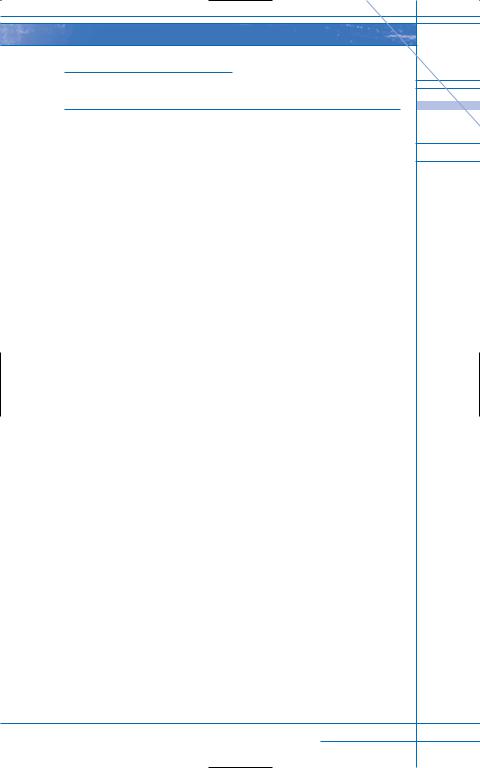
Questions to Consider
When Choosing Conflicts:
•What type of Conflict do you want to emphasize in your story? (You can have more than one.)
•Do you want to go back and change your Dramatic Throughline to suit a different type of Conflict?
•Will you have enough Conflict to sustain the second act?
•How many other characters will experience Conflict in the story? Will they have their own subplots?
•How will you show the character’s need to overcome the Conflict?
•What is the character’s main method for overcoming the Conflict? Does she have special skills? Contacts? Resources? Friends?
•Will a love interest be a Relational Conflict for the hero in a subplot? Can you put them at odds over something?
The 6 Conflicts |
19 |
